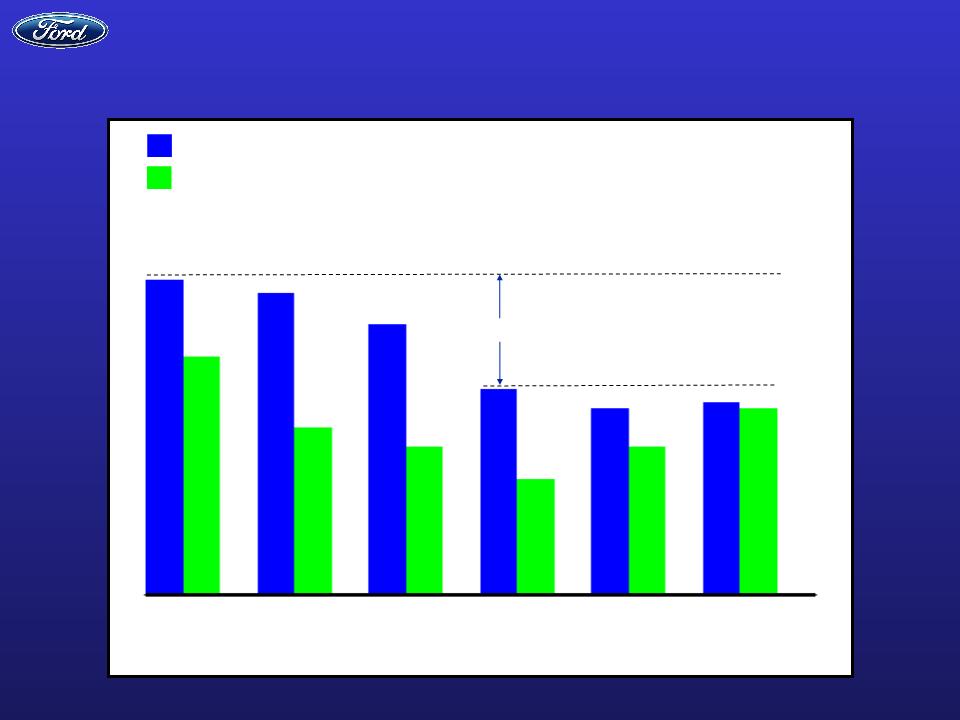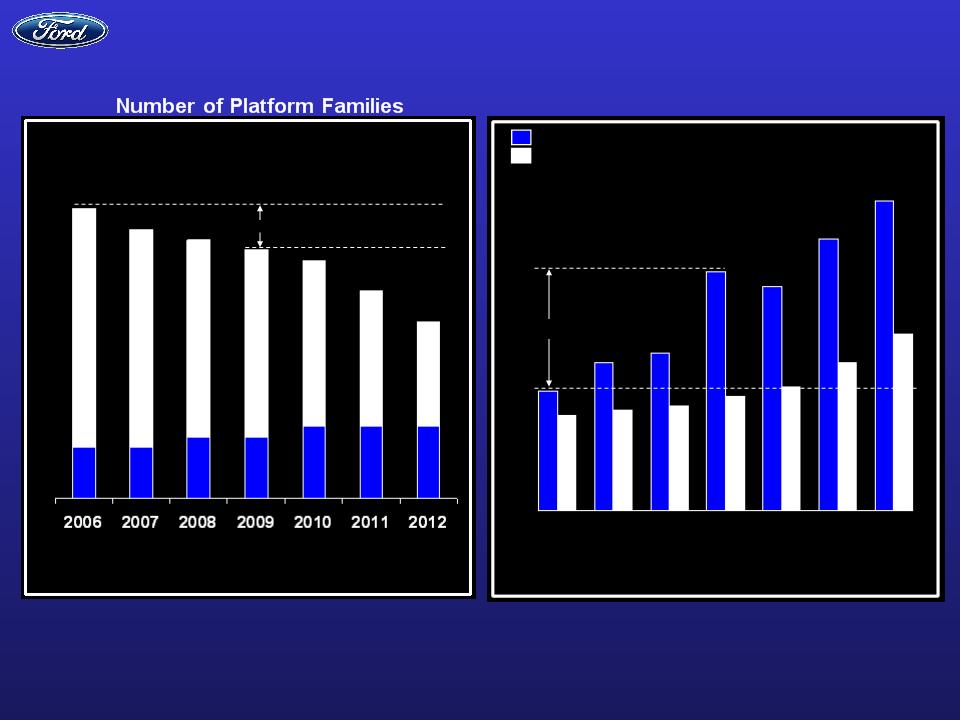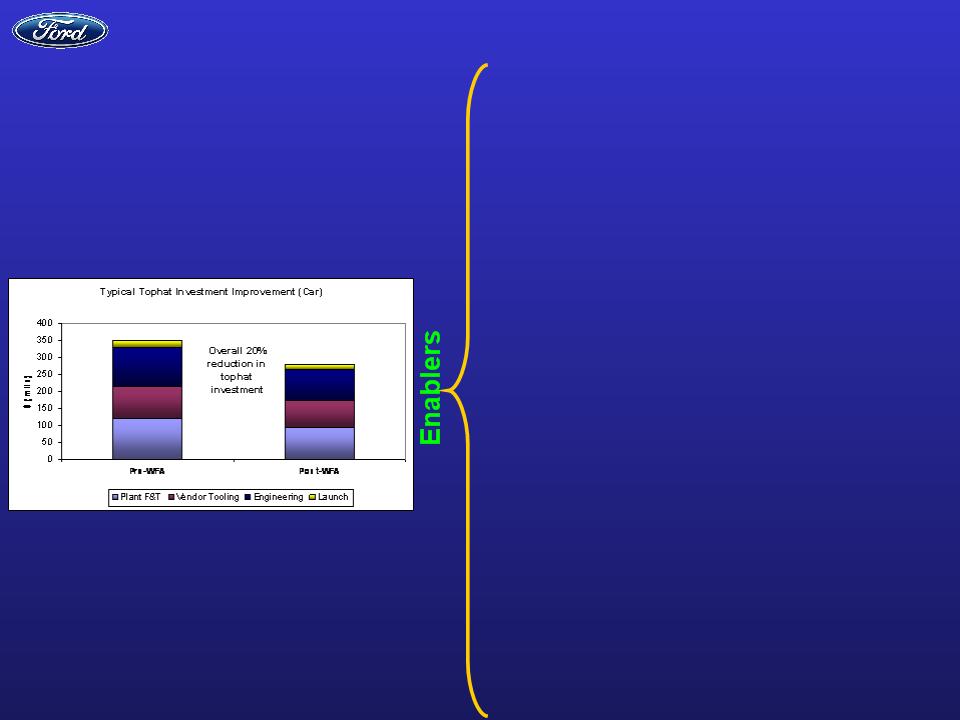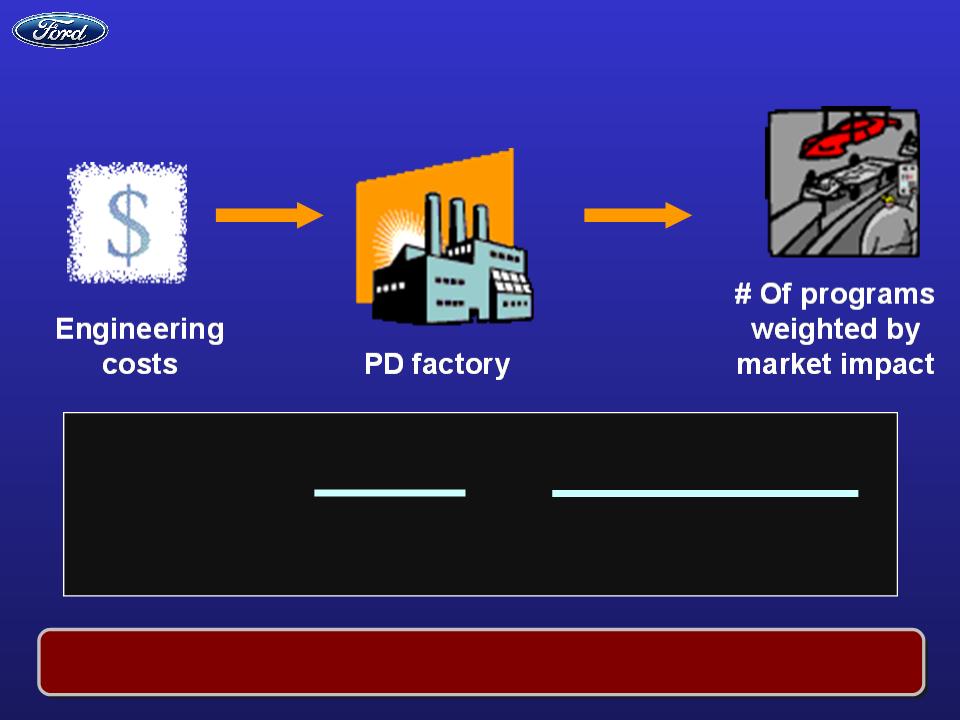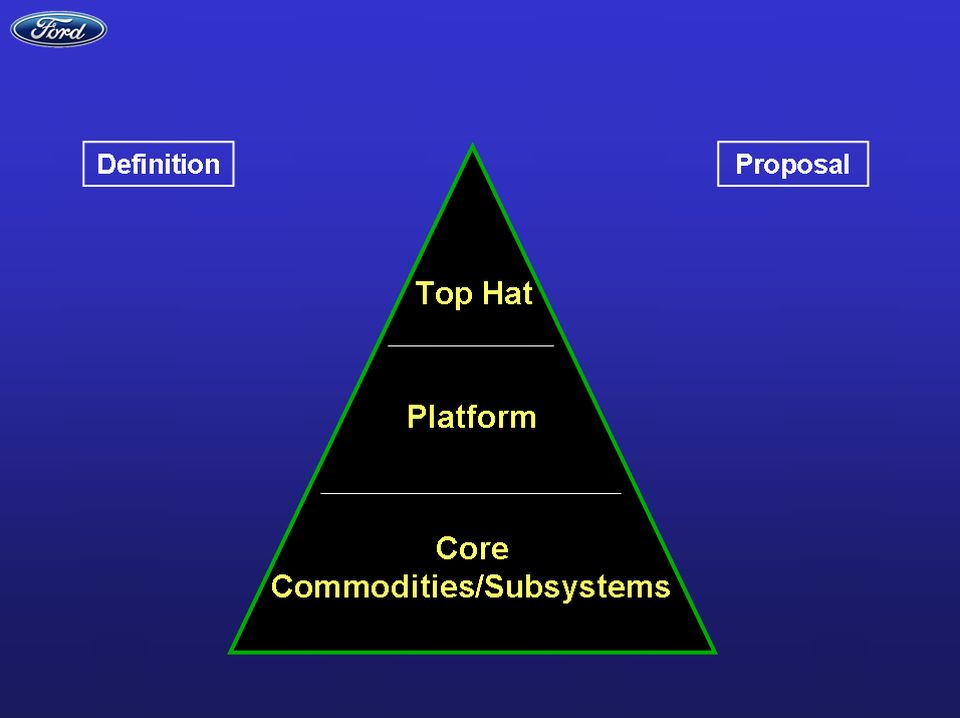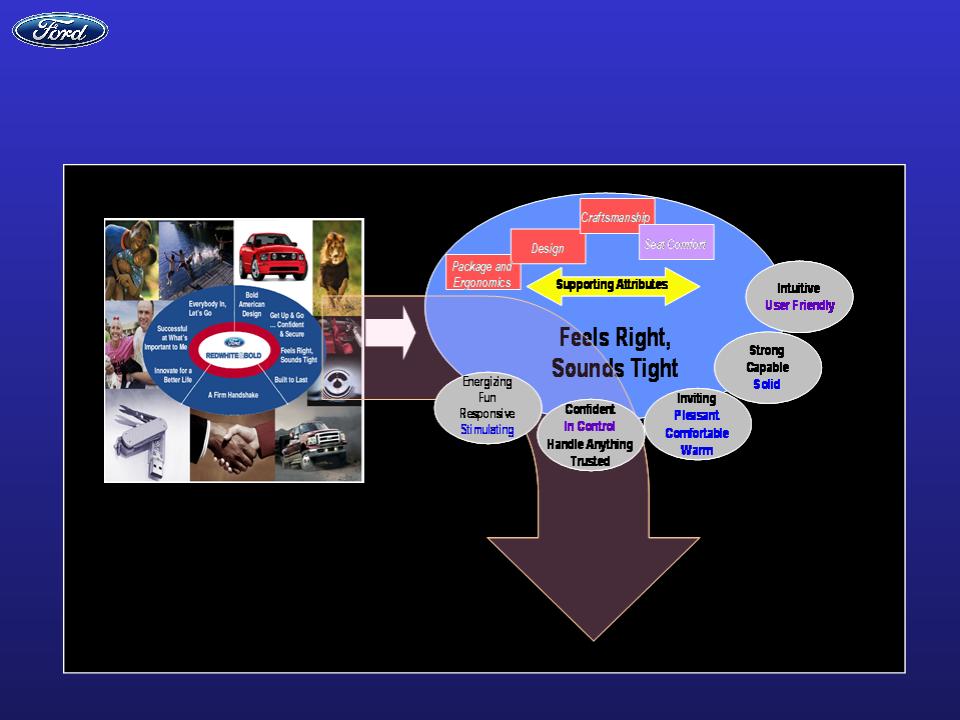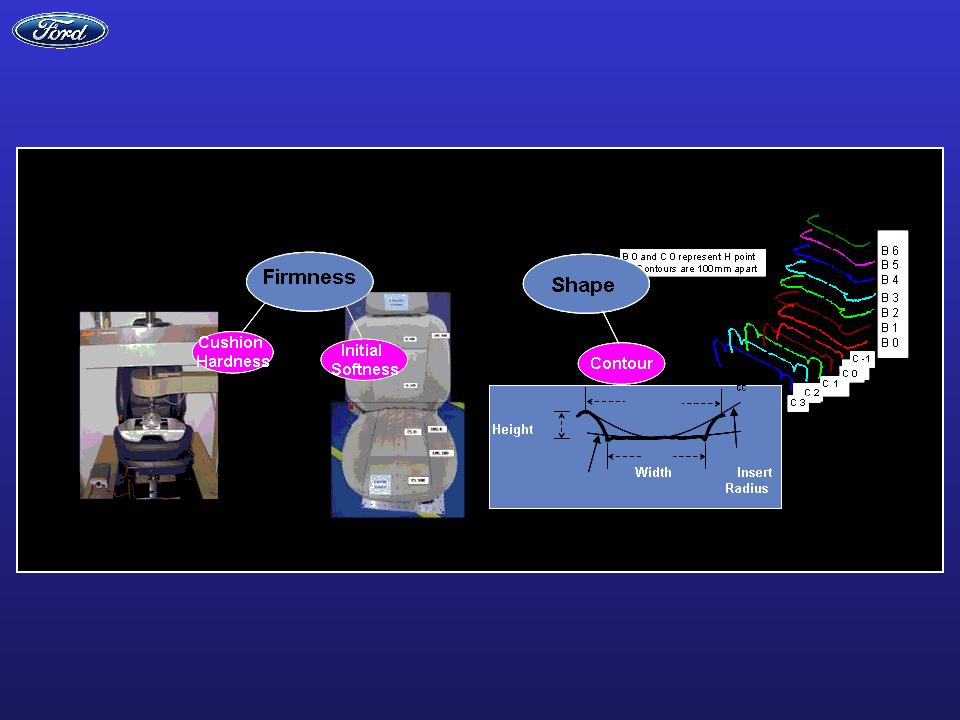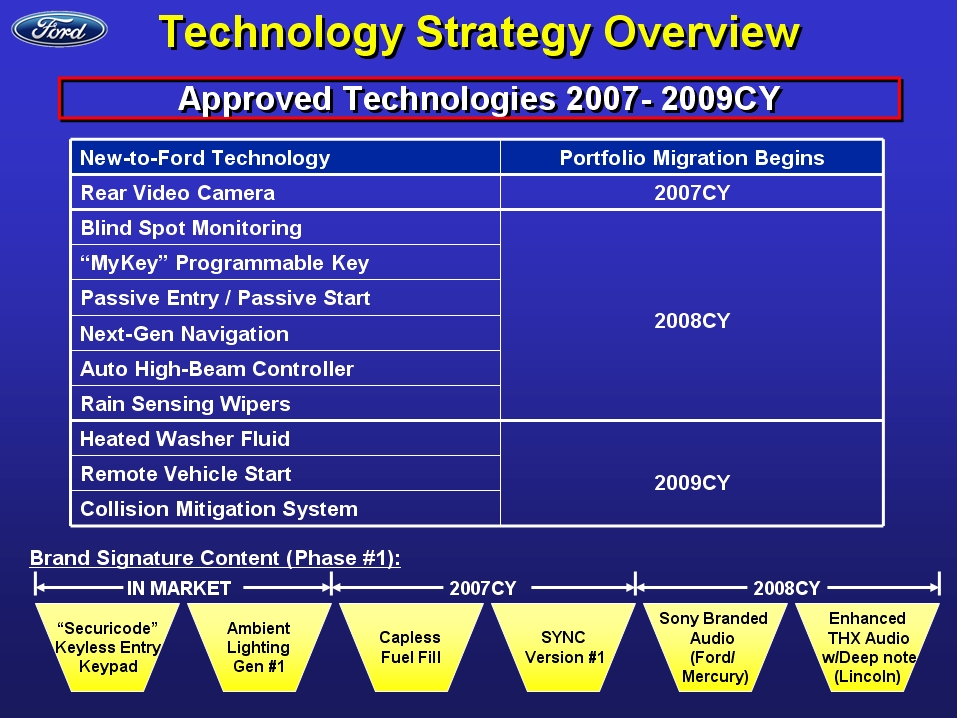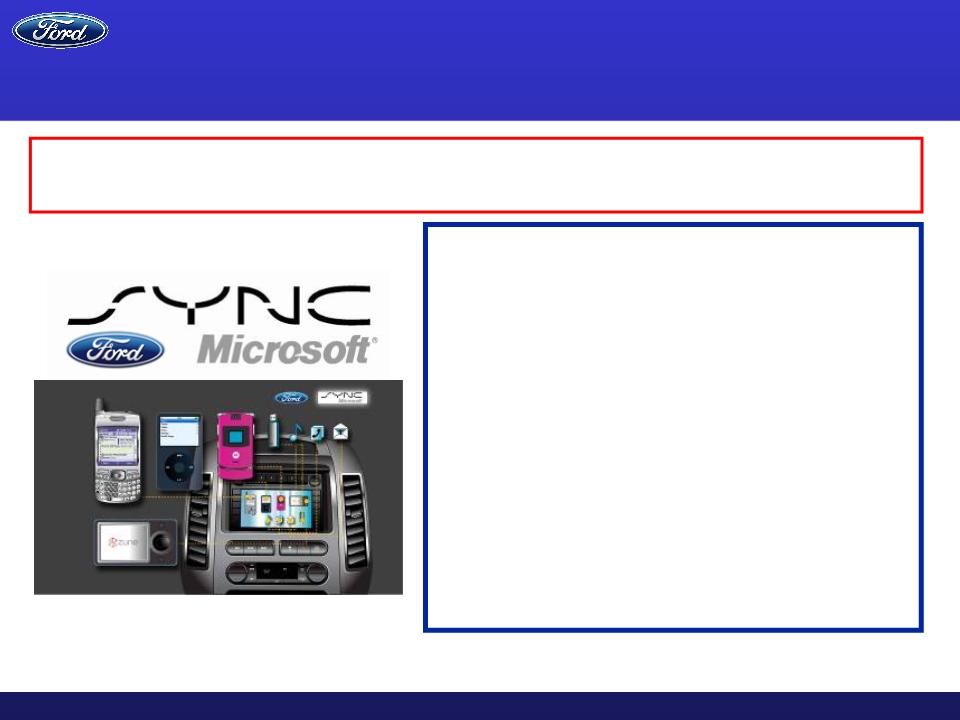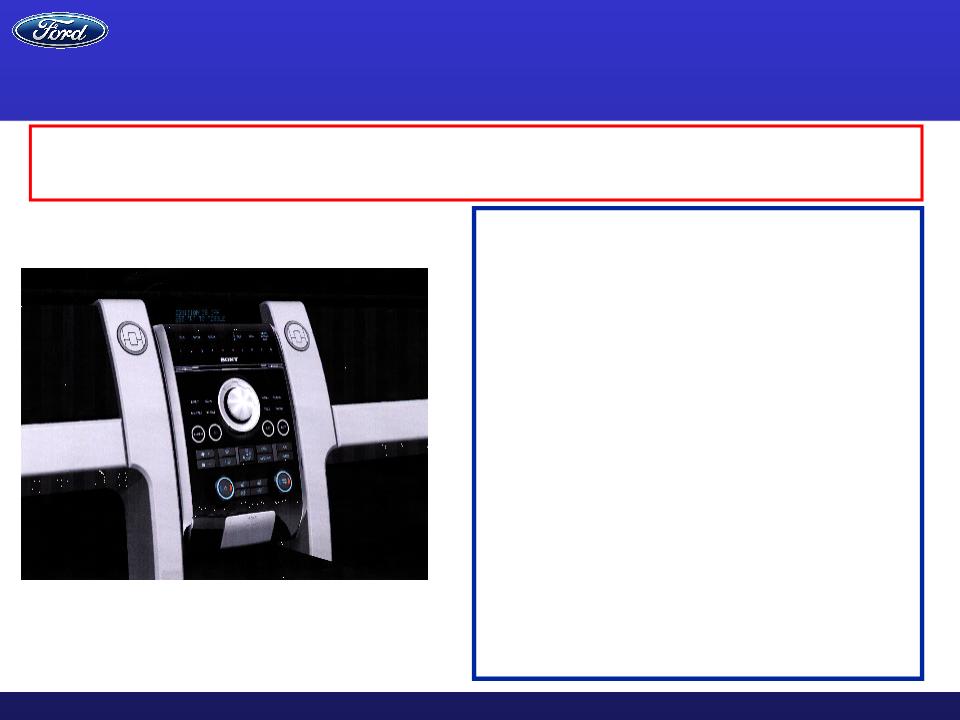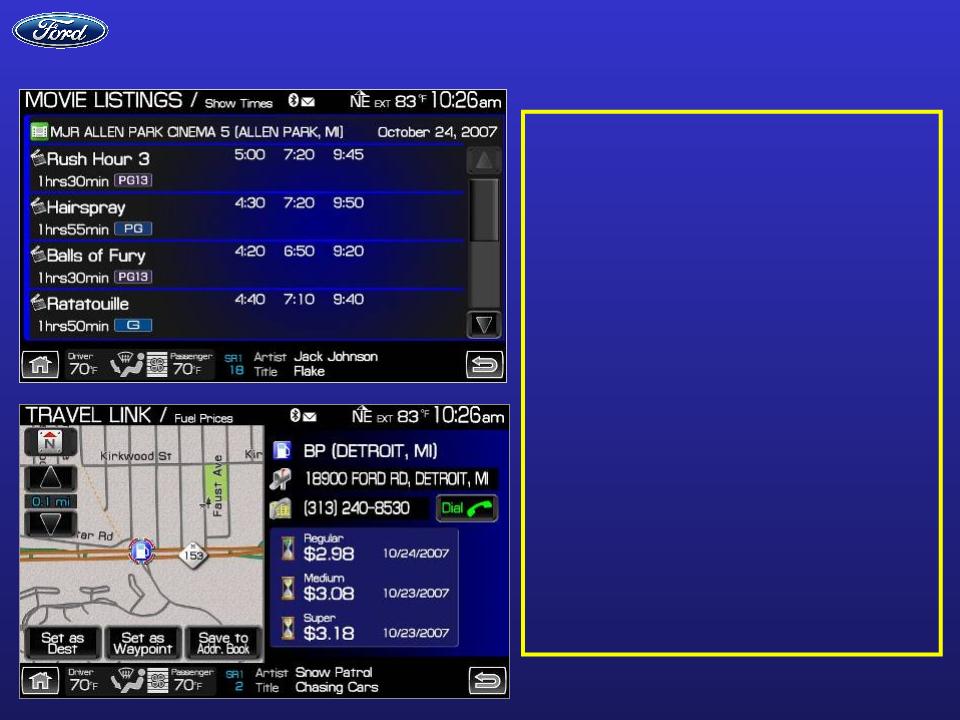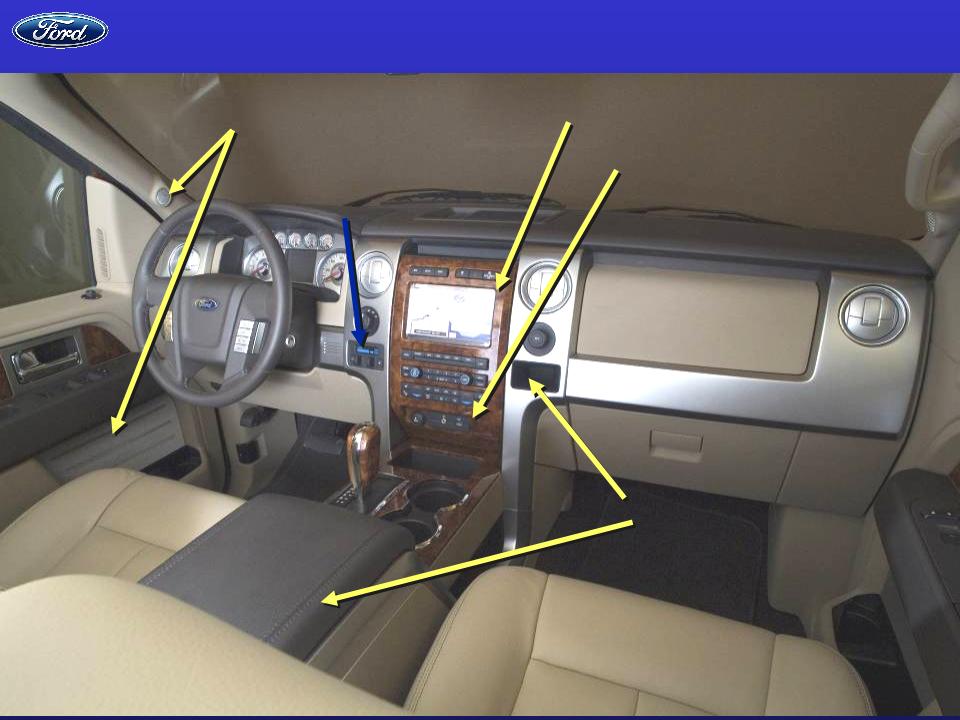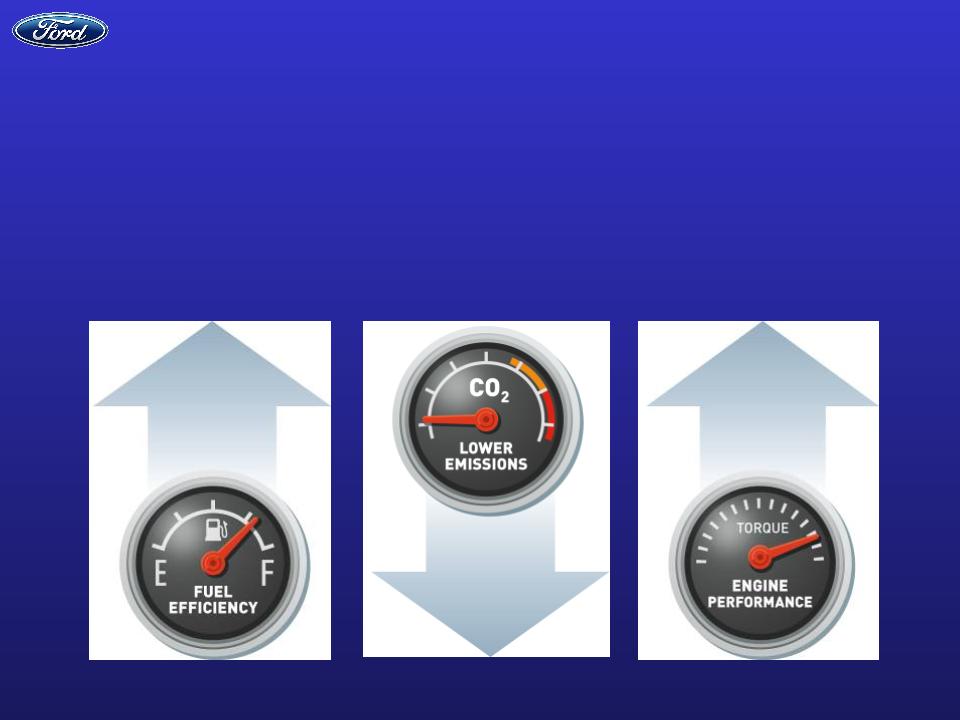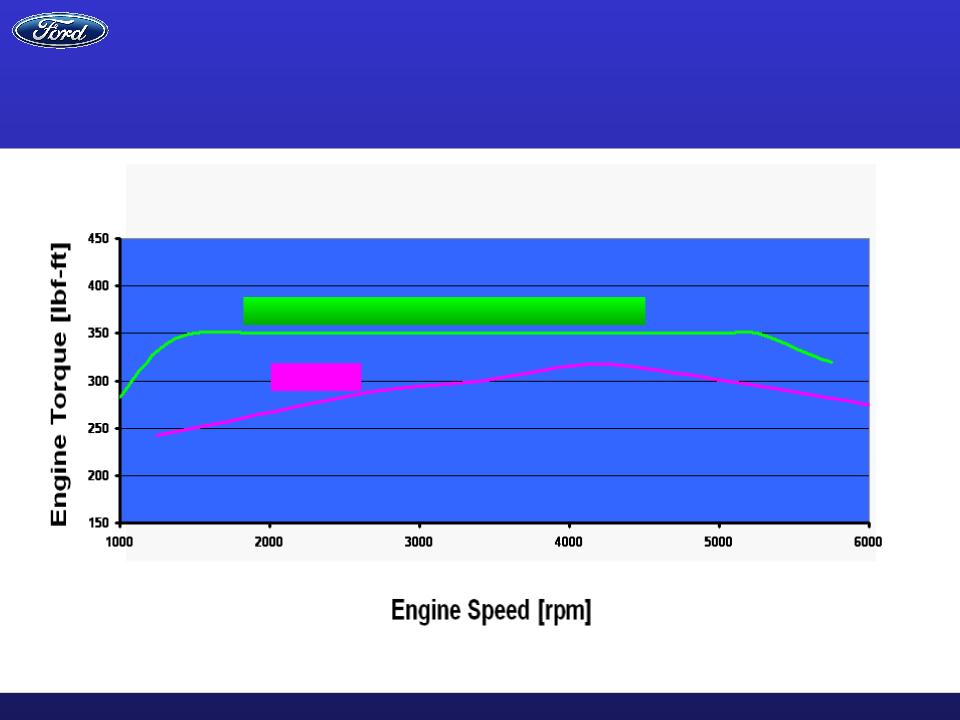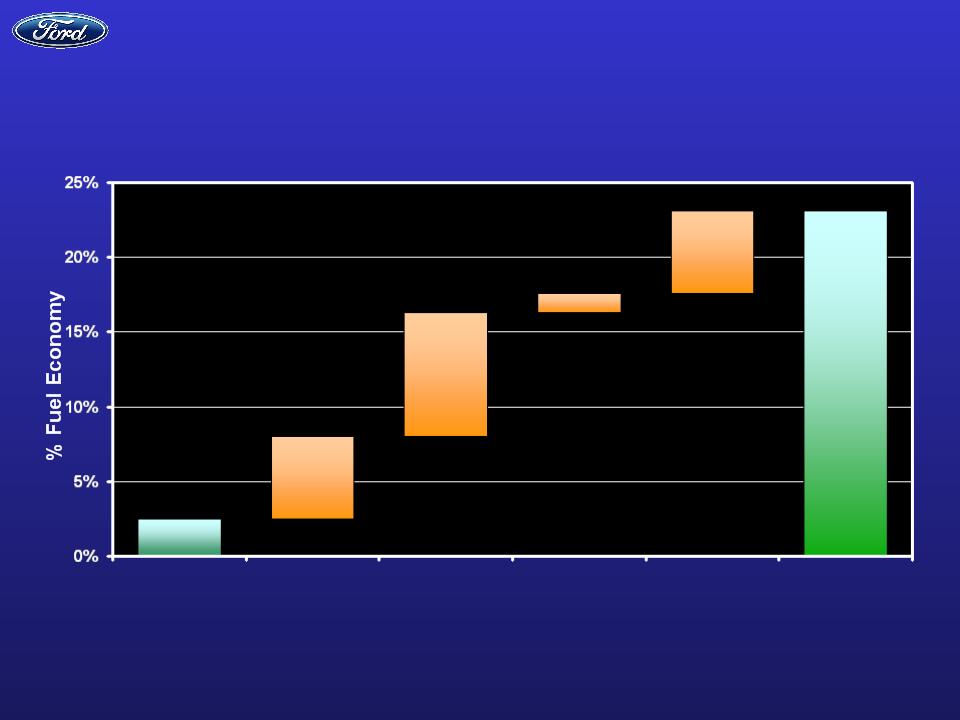Risk Factors
Statements included or incorporated by reference herein may constitute “forward-looking statements” within the meaning of the Private Securities Litigation Reform
Act of 1995. Forward-looking statements are based on expectations, forecasts and assumptions by our management and involve a number of risks, uncertainties,
and other factors that could cause actual results to differ materially from those stated, including, without limitation:
· Continued decline in market share;
· Continued or increased price competition resulting from industry overcapacity, currency fluctuations or other factors;
· An increase in or acceleration of market shift away from sales of trucks, sport utility vehicles, or other more profitable vehicles, particularly in the United States;
· A significant decline in industry sales, particularly in the United States or Europe, resulting from slowing economic growth, geo-political events or other factors;
· Lower-than-anticipated market acceptance of new or existing products;
· Continued or increased high prices for or reduced availability of fuel;
· Currency or commodity price fluctuations;
· Adverse effects from the bankruptcy or insolvency of, change in ownership or control of, or alliances entered into by a major competitor;
· Economic distress of suppliers that has in the past and may in the future require us to provide financial support or take other measures to ensure supplies of
components or materials;
· Labor or other constraints on our ability to restructure our business;
· Work stoppages at Ford or supplier facilities or other interruptions of supplies;
· Single-source supply of components or materials;
· Substantial pension and postretirement health care and life insurance liabilities impairing our liquidity or financial condition;
· Worse-than-assumed economic and demographic experience for our postretirement benefit plans (e.g., discount rates, investment returns, and health care cost
trends);
· The discovery of defects in vehicles resulting in delays in new model launches, recall campaigns or increased warranty costs;
· Increased safety, emissions (e.g., CO2), fuel economy, or other (e.g., pension funding) regulation resulting in higher costs, cash expenditures, and/or sales
restrictions;
· Unusual or significant litigation or governmental investigations arising out of alleged defects in our products or otherwise;
· A change in our requirements for parts or materials where we have entered into long-term supply arrangements that commit us to purchase minimum or fixed
quantities of certain parts or materials, or to pay a minimum amount to the seller ("take-or-pay" contracts);
· Adverse effects on our results from a decrease in or cessation of government incentives;
· Adverse effects on our operations resulting from certain geo-political or other events;
· Substantial negative Automotive operating-related cash flows for the near- to medium-term affecting our ability to meet our obligations, invest in our business or
refinance our debt;
· Substantial levels of Automotive indebtedness adversely affecting our financial condition or preventing us from fulfilling our debt obligations (which may grow
because we are able to incur substantially more debt, including additional secured debt);
· Inability of Ford Credit to access debt or securitization markets around the world at competitive rates or in sufficient amounts due to additional credit rating
downgrades, market volatility, market disruption or otherwise;
· Higher-than-expected credit losses;
· Increased competition from banks or other financial institutions seeking to increase their share of financing Ford vehicles;
· Changes in interest rates;
· Collection and servicing problems related to finance receivables and net investment in operating leases;
· Lower-than-anticipated residual values or higher-than-expected return volumes for leased vehicles; and
New or increased credit, consumer or data protection or other regulations resulting in higher costs and/or additional financing restrictions.
We cannot be certain that any expectation, forecast or assumption made by management in preparing forward-looking statements will prove accurate, or that any
projection will be realized. It is to be expected that there may be differences between projected and actual results. Our forward-looking statements speak only as
of the date of their initial issuance, and we do not undertake any obligation to update or revise publicly any forward-looking statement, whether as a result of new
information, future events, or otherwise. For additional discussion of these risks, see "Item 1A. Risk Factors" in our 2006 Form 10-K Report.
SAFE HARBOR




